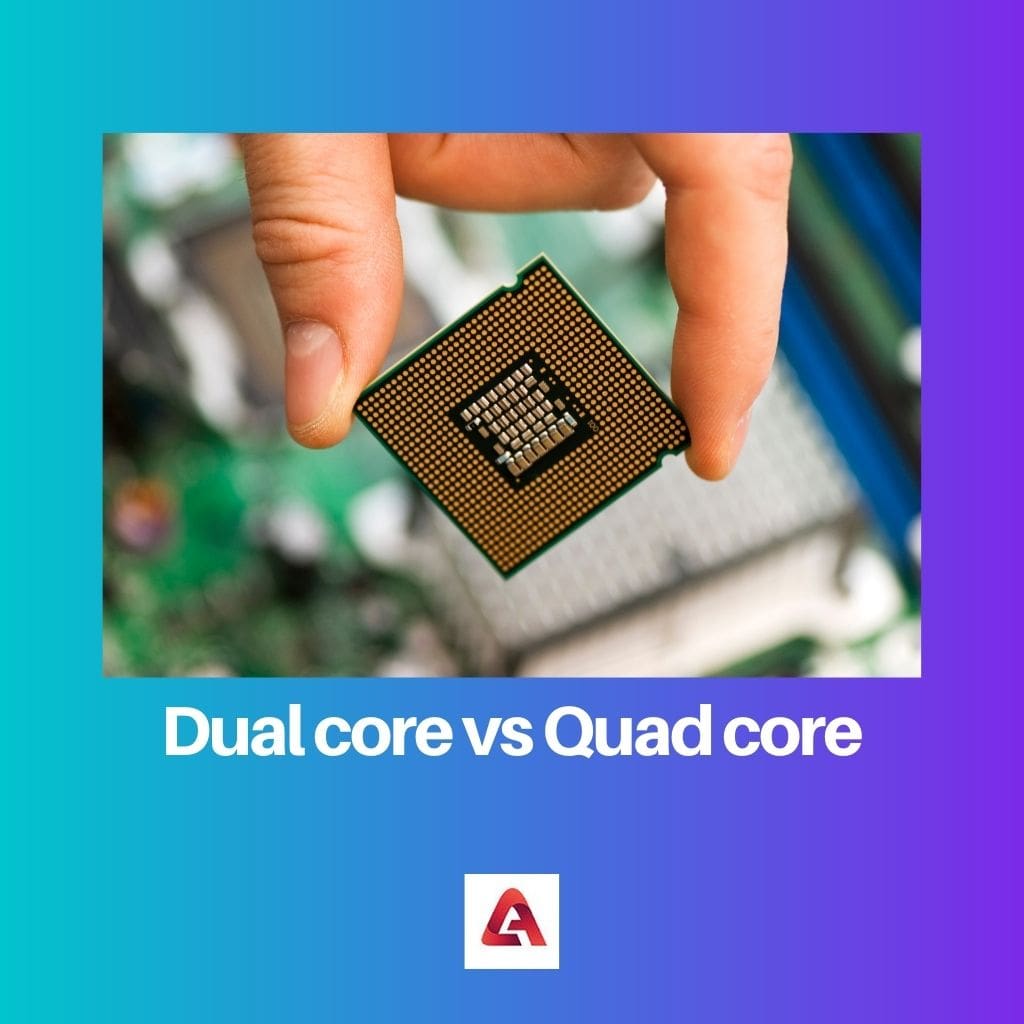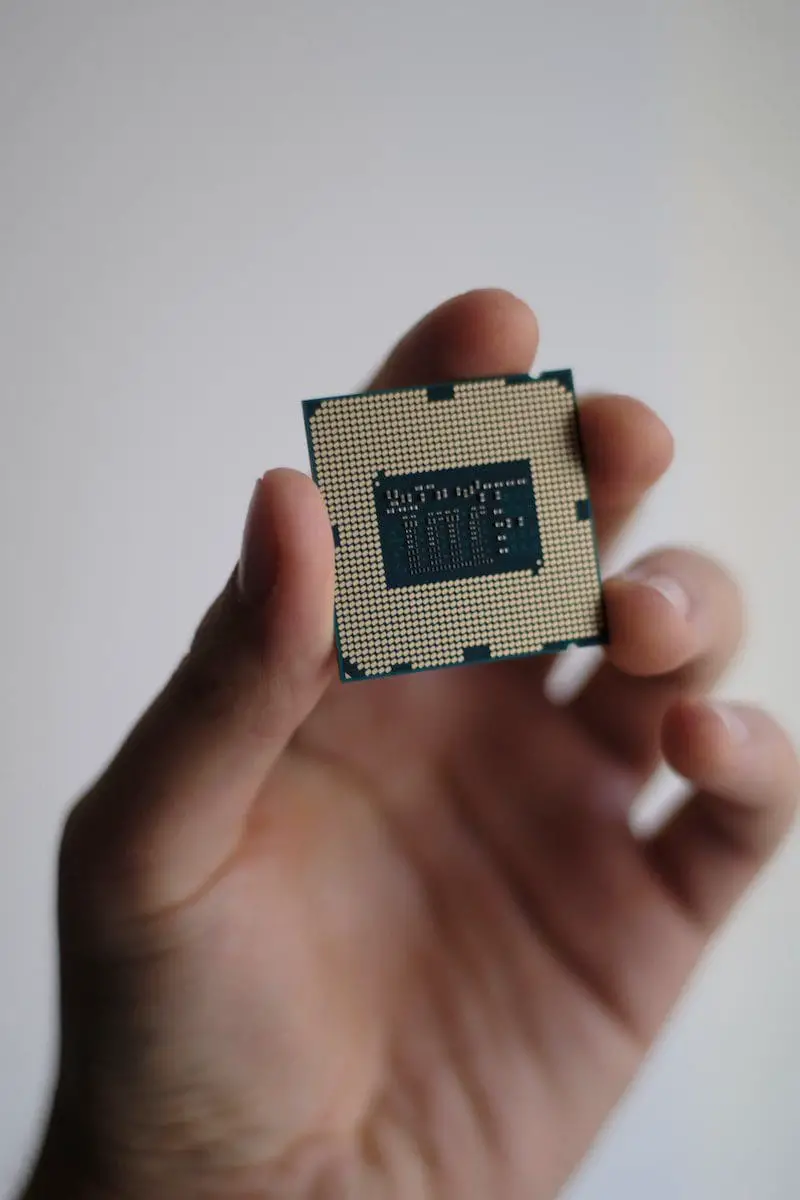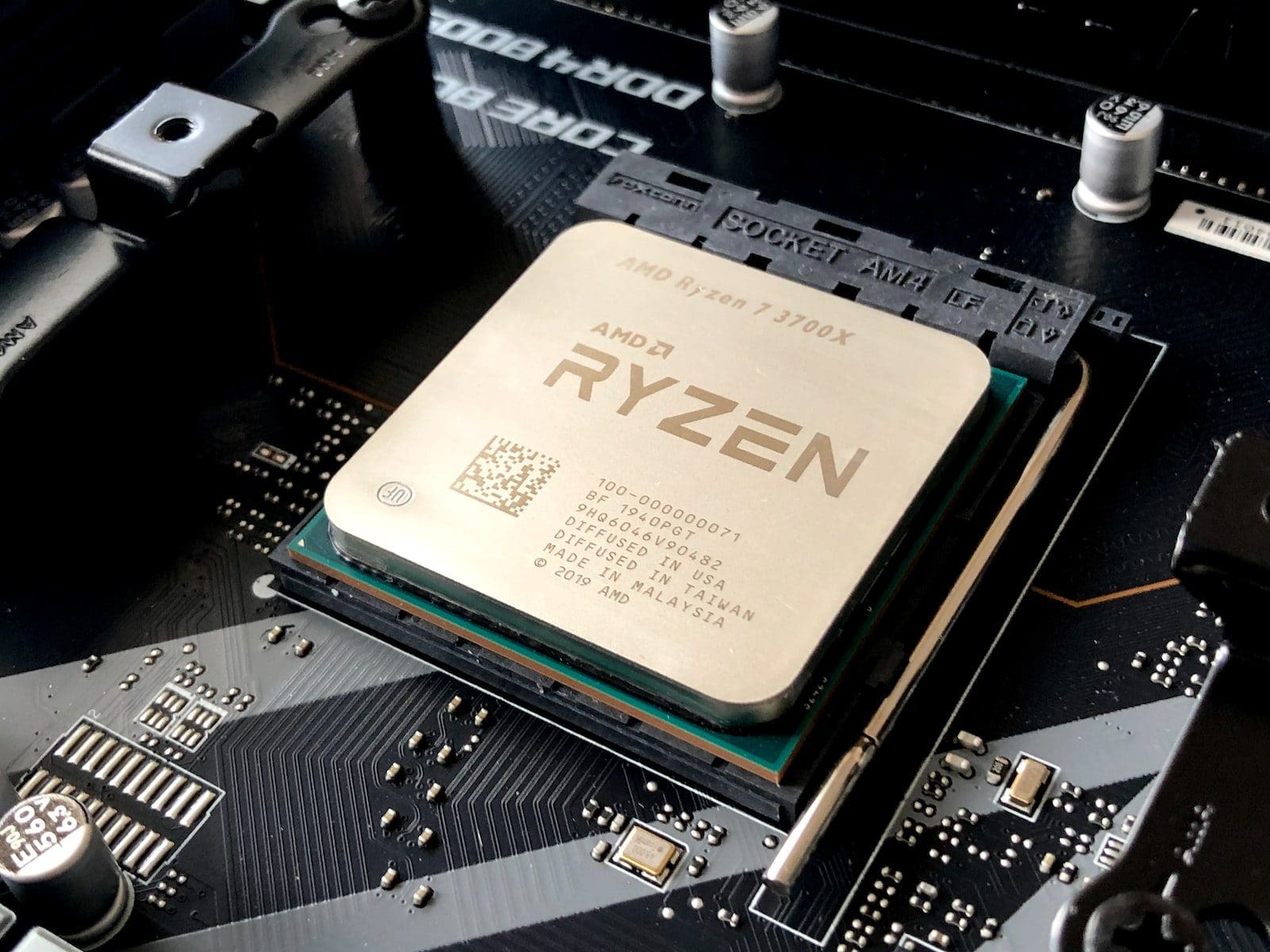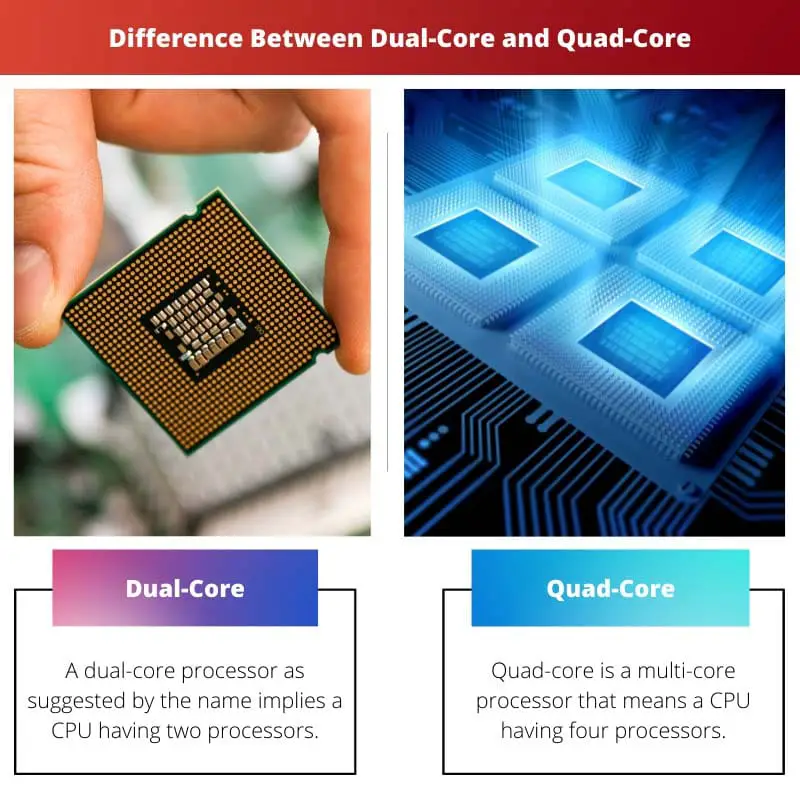Dual-core and quad-core processors are both types of CPUs (Central Processing Units) found in computers and electronic devices, but they differ in the number of processing cores they contain. Dual-core processors have two cores, allowing them to handle two simultaneous tasks efficiently, while quad-core processors have four cores, enabling them to execute four tasks concurrently.
Key Takeaways
- Dual-core processors contain two independent processing units (cores) within a single chip; quad-core processors contain four cores within a single chip.
- Dual-core processors can handle two tasks simultaneously, while quad-core processors can handle four tasks simultaneously, increasing multitasking capabilities and overall performance.
- Both dual-core and quad-core processors aim to improve computing speed and efficiency, but quad-core processors offer greater performance benefits, especially for demanding applications and multitasking.
Dual-Core vs Quad-Core
The difference between Dual-Core and Quad-Core is that dual-core has two-core processors. It is helpful for individuals who require energy-efficient and cost-effective computers for basic multitasking and day-to-day activities like going through their email or surfing the internet. In contrast, quad-core has four-core processors and is helpful for individuals who require faster speed and can manage numerous tasks simultaneously.

Comparison Table
| Feature | Dual-Core Processor | Quad-Core Processor |
|---|---|---|
| Number of Cores | 2 | 4 |
| Multitasking | Can handle multiple tasks simultaneously, but may struggle with demanding applications. | Offers better multitasking performance, allowing for smoother handling of multiple demanding tasks simultaneously. |
| Processing Speed | Generally slower than quad-core processors, with each core handling its own task. | Faster than dual-core processors due to more cores handling tasks simultaneously, leading to faster overall processing. |
| Power Consumption | Typically consumes less power due to fewer cores. | Generally consumes more power due to more cores actively processing information. |
| Cost | Generally more affordable due to simpler design. | Often more expensive than dual-core processors due to added complexity. |
| Applications | Suitable for basic tasks like web browsing, email, and light office work. | Ideal for demanding applications like video editing, gaming, and multitasking with resource-intensive software. |
What is Dual Core?
Introduction to Dual Core:
Dual-core refers to a type of CPU (Central Processing Unit) architecture that integrates two independent processing cores onto a single semiconductor chip. This design innovation allows for parallel processing, where multiple tasks can be executed simultaneously, leading to improved performance, efficiency, and multitasking capabilities in computing devices.
Mechanism of Dual Core:
- Two Cores, One Chip: Dual-core processors contain two individual processing units, or cores, that operate independently of each other on a single chip. Each core has its own set of execution units, registers, cache memory, and control logic, enabling it to perform computations and execute instructions autonomously.
- Parallel Processing: With dual-core technology, tasks can be distributed across both cores, allowing for parallel execution of multiple threads or processes simultaneously. This parallelism enhances the overall performance and responsiveness of the CPU, as it can handle more tasks concurrently without slowing down or experiencing bottlenecks.
- Task Allocation and Scheduling: Operating systems and software applications are designed to leverage the capabilities of dual-core processors by allocating tasks efficiently across available cores and scheduling their execution based on priority and resource availability. This task management ensures optimal utilization of the CPU’s processing power and helps maximize performance in multitasking scenarios.
- Shared Resources and Interconnectivity: Although each core operates independently, dual-core processors typically share certain resources such as memory controllers, cache memory, and system buses to facilitate communication and data exchange between cores. Interconnectivity between cores enables efficient sharing of data, synchronization of operations, and coordination of tasks, enhancing overall system efficiency and performance.
Advantages of Dual Core:
- Improved Performance: Dual-core processors offer significantly improved performance over single-core counterparts, allowing for faster execution of tasks, smoother multitasking, and enhanced responsiveness in computing devices. The parallel processing capability of dual-core CPUs enables them to handle more demanding workloads and run complex applications with greater efficiency.
- Enhanced Multitasking: With dual-core technology, users can perform multiple tasks simultaneously without experiencing significant slowdowns or performance degradation. Tasks such as web browsing, document editing, multimedia playback, and software compilation can run concurrently on separate cores, providing a seamless and efficient multitasking experience.
- Energy Efficiency: Despite their increased performance capabilities, dual-core processors are often designed to operate within reasonable power consumption limits, making them energy-efficient choices for various computing devices. By distributing workloads across multiple cores, dual-core CPUs can achieve higher performance per watt compared to single-core alternatives, leading to improved battery life in laptops and mobile devices.
- Scalability and Future-Proofing: Dual-core technology offers scalability and flexibility for future computing needs, as it can be further enhanced with advancements such as quad-core, hexa-core, or octa-core architectures. Dual-core processors provide a balance between performance and cost-effectiveness, making them suitable for a wide range of applications and ensuring compatibility with evolving software and hardware requirements.

What is Quad Core?
Introduction to Quad Core:
Quad-core refers to a type of CPU (Central Processing Unit) architecture that integrates four independent processing cores onto a single semiconductor chip. This advanced design significantly enhances processing power, efficiency, and multitasking capabilities in computing devices, allowing for faster and more responsive performance in a wide range of applications.
Mechanism of Quad Core:
- Four Cores, One Chip: Quad-core processors contain four individual processing units, or cores, that operate independently on a single chip. Each core is equipped with its own set of execution units, registers, cache memory, and control logic, enabling it to execute instructions and perform computations autonomously.
- Parallel Processing Power: With quad-core technology, tasks can be distributed across all four cores, allowing for parallel execution of multiple threads or processes simultaneously. This parallelism enables the CPU to handle more demanding workloads and run complex applications with greater efficiency, as each core can execute its own set of instructions independently of the others.
- Task Allocation and Optimization: Operating systems and software applications are designed to take advantage of quad-core processors by efficiently allocating tasks across available cores and optimizing their execution for parallel processing. Task scheduling algorithms prioritize tasks based on their resource requirements and execution priorities, ensuring balanced utilization of CPU resources and maximizing performance.
- Shared Resources and Interconnectivity: While each core operates independently, quad-core processors typically share certain resources such as memory controllers, cache memory, and system buses to facilitate communication and data exchange between cores. Interconnectivity between cores enables efficient sharing of data, synchronization of operations, and coordination of tasks, enhancing overall system efficiency and performance.
Advantages of Quad Core:
- Enhanced Performance: Quad-core processors offer significantly improved performance over dual-core and single-core counterparts, thanks to their increased processing power and parallel processing capabilities. Quad-core CPUs can handle more tasks simultaneously, leading to faster execution of applications, smoother multitasking, and enhanced responsiveness in computing devices.
- Optimized Multitasking: With quad-core technology, users can perform multiple tasks concurrently without experiencing significant slowdowns or performance degradation. Tasks such as gaming, video editing, graphic design, software development, and virtualization can run simultaneously on separate cores, providing a seamless and efficient multitasking experience.
- Greater Scalability and Flexibility: Quad-core processors offer greater scalability and flexibility for demanding computing needs, as they can be further enhanced with advancements such as hexa-core, octa-core, or even higher core count architectures. Quad-core CPUs provide a balance between performance and cost-effectiveness, making them suitable for a wide range of applications and ensuring compatibility with evolving software and hardware requirements.
- Energy Efficiency: Despite their increased processing power, quad-core processors are often designed to operate within reasonable power consumption limits, making them energy-efficient choices for various computing devices. Advanced power management features, such as dynamic voltage and frequency scaling, help optimize power consumption and thermal performance, leading to improved energy efficiency and longer battery life in laptops and mobile devices.

Main Differences Between Dual-Core and Quad-Core
- Number of Cores:
- Dual-core processors integrate two independent processing cores onto a single semiconductor chip, enabling parallel processing of two tasks simultaneously.
- Quad-core processors incorporate four independent processing cores on a single chip, allowing for parallel execution of four tasks concurrently, effectively doubling the processing power compared to dual-core counterparts.
- Performance and Multitasking:
- Dual-core processors offer improved performance and multitasking capabilities compared to single-core CPUs, allowing for smoother multitasking and faster execution of tasks.
- Quad-core processors provide even greater performance and multitasking capabilities, enabling more demanding applications and workloads to be handled simultaneously with enhanced efficiency and responsiveness.
- Scalability and Flexibility:
- Dual-core processors provide a balance between performance and energy efficiency, making them suitable for a wide range of computing tasks and applications.
- Quad-core processors offer greater scalability and flexibility for demanding computing needs, as they can handle more complex workloads and support advanced applications with higher performance requirements.
- Power Consumption and Energy Efficiency:
- Dual-core processors are often designed to operate within reasonable power consumption limits, offering a balance between performance and energy efficiency.
- Quad-core processors may consume more power compared to dual-core counterparts due to the increased number of cores and processing units, but they are often optimized for energy efficiency with advanced power management features to minimize power consumption and thermal output.
- Cost and Affordability:
- Dual-core processors typically offer a more cost-effective solution for basic computing tasks and everyday applications, making them suitable for budget-conscious users.
- Quad-core processors may come at a higher cost compared to dual-core alternatives, reflecting their enhanced performance and capabilities, but they provide greater value for users who require increased processing power and multitasking capabilities for demanding tasks and applications.


The in-depth analysis of dual-core and quad-core processors presents a clear understanding of the performance differences between the two technologies. It’s beneficial for individuals seeking high-performance devices.
The comparison between dual-core and quad-core processors provides a comprehensive understanding of how these technologies enhance the efficiency and multitasking capabilities of electronic devices.
The article effectively highlights the technical specifications of dual-core and quad-core processors, offering valuable insights into their capabilities and limitations.
The article does an excellent job in outlining the specific details of dual-core and quad-core processors. This information is crucial for understanding how these technologies impact the performance of electronic devices.
Absolutely! The article provides valuable insights into the functionality of dual-core and quad-core processors, shedding light on the technical aspects in a comprehensive manner.
I found the breakdown of the advantages and disadvantages of dual-core and quad-core processors to be incredibly helpful. It’s insightful information for consumers who want to make informed decisions about their electronic devices.
The information about dual-core and quad-core processors is very informative and useful in identifying the key differences between the two. It’s fascinating to learn about the advantages and disadvantages of each, especially in terms of speed and efficiency.
This article provides a comprehensive analysis of dual-core and quad-core processors, making it easier for consumers to understand the technical aspects of these components. It’s an excellent resource for tech enthusiasts.
I agree! The comparison table provides a clear overview of the differences between dual-core and quad-core processors. It’s essential information for anyone looking to purchase a new electronic device.
The detailed comparison table and descriptions of dual-core and quad-core processors deliver extensive knowledge about their functionalities and performance, helping consumers make informed choices.
The article delivers an insightful comparison between dual-core and quad-core processors, offering crucial information about their differential performance, energy consumption, and multitasking capabilities.
The comprehensive analysis of dual-core and quad-core processors enhances readers’ understanding of the technical attributes influencing the efficiency and speed of modern electronic devices.
The article offers a detailed comparison between dual-core and quad-core processors, emphasizing their impact on speed, multitasking, and energy consumption in electronic devices.
The comparison between dual-core and quad-core processors offers a thorough examination of their functionalities, equipping consumers with essential knowledge for making informed decisions when selecting electronic devices.
The article aptly delineates the advantages and disadvantages of dual-core and quad-core processors, presenting a comprehensive analysis of their performance and efficiency in electronic devices.
The detailed examination of dual-core and quad-core processors equips readers with valuable knowledge about the technical requirements and benefits of these advanced processing technologies.
The breakdown of advantages and disadvantages for both dual-core and quad-core processors serves as an excellent resource for tech-savvy individuals and consumers aiming to understand the technicalities of modern electronic devices.
The comprehensive analysis of dual-core and quad-core processors provides valuable insights for prospective buyers seeking devices with optimal performance and multitasking capabilities.
The article effectively presents the technical nuances of dual-core and quad-core processors, enabling a deeper comprehension of their role in enhancing the overall performance of electronic gadgets.
The article showcases a detailed examination of the technical aspects of dual-core and quad-core processors, highlighting their differences in performance, energy consumption, and multitasking capabilities.
The article’s in-depth analysis offers crucial information about dual-core and quad-core processors, aiding consumers in understanding the diverse factors that contribute to the performance of electronic devices.
The detailed comparison provides valuable insight into the functionalities of dual-core and quad-core processors, enlightening consumers about the distinct advantages and disadvantages of each technology.